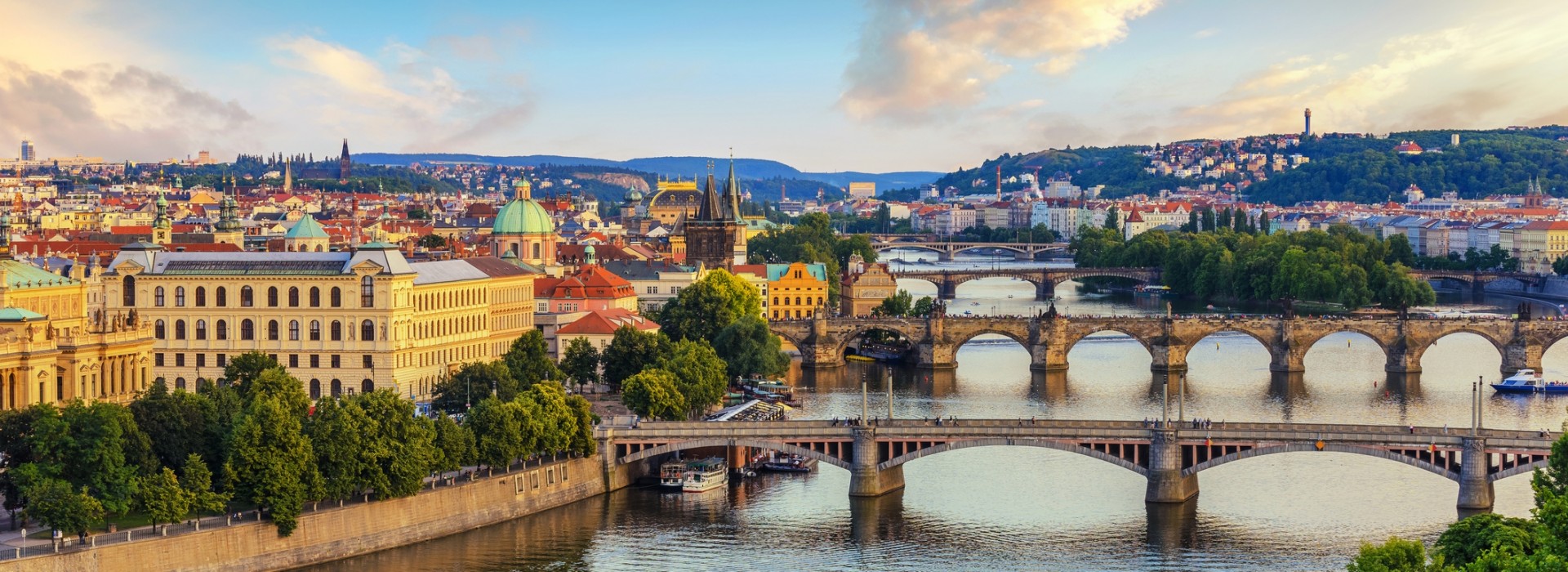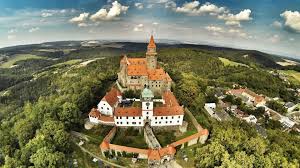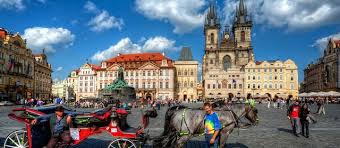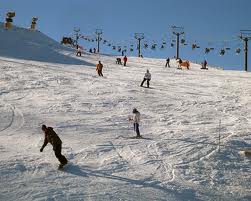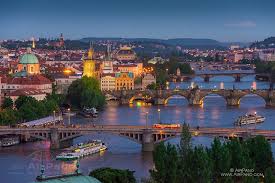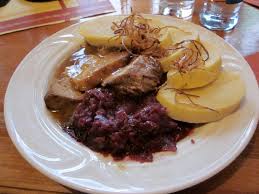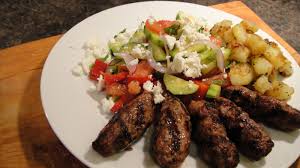Central Europe that existed from October 1918, when it declared its independence from the Austro-Hungarian Empire, until itspeaceful dissolution into the Czech Republic and Slovakia on 1 January 1993. From 1939 to 1945, following its forced division and partial incorporation into Nazi Germany, the state did not de facto exist but its government-in-exile continued to operate. On 29 June 1945, a treaty was signed between Czechoslovakia and the Soviet Union, ceding Carpatho-Ukraine to the USSR.
Geography
Population
<div align="justify">Population (1991): 15.6 millions, of which Czechs 62.8%, Slovaks 31%, Hungarians 3.8%, Romani people 0.7%,[1] Silesians 0.3%. Ruthenes, Ukrainians, Germans, Poles and Jews (the post-Holocaust community) made up the remainder of the population.<br />
Transport
Czechoslovakia was one of Europes major transit countries for north-south movement. In 1985, there was:
1. A highly developed transport system consisting of 13,130 kilometres of railway tracks, 73,809 kilometres of roads and 475 kilometres of inland waterways, according to official sources.
2. 1,448 kilometres of pipelines for transport of crude oil, 1,500 kilometres for refined products and 7,500 kilometres for natural gas.
3. Atotal cargo movement of over 99 billion ton-kilometres of the nearly 90 billion ton-kilometres of cargo-carrying service performed by public transport, railways handled about 81%, roads 13%, inland waterways 5% and civil aviation less than 1%.
Greetings
|
English Greetings |
Czech Greetings: |
|
Hi! |
Ahoj. |
|
Good morning! |
Dobré ráno. |
|
Good evening! |
Dobrý večer. |
|
Welcome! (to greet someone) |
Vítej! (sing.) Vítejte (pl.) |
|
How are you? |
Jak se máš? (sing.) Jak se máte? (pl.) |
|
Im fine, thanks! |
Mám se dobře, děkuji. (sing.) Máme se dobře, děkujeme. (pl.) |
|
And you? |
A ty? (sing.) A vy? (pl.) |
|
Good/ So-So. |
Dobře. / Nic moc. |
|
Thank you (very much)! |
Děkuji (pěkně). |
|
Youre welcome! (for "thank you") |
Není zač. / Rádo se stalo. |
|
Hey! Friend! |
Ahoj kámo! (very informal) |
|
I missed you so much! |
Velmi jsi mi chyběl (a male person was missed) / chyběla (female). |
|
Whats new? |
Co nového? |
|
Nothing much |
Nic moc. |
|
Good night! |
Dobrou noc! |
|
See you later! |
Na viděnou! |
|
Good bye! |
Na shledanou! |
|
Asking for Help and Directions |
|
|
Im lost |
Ztratil / ztratila jsem se (m/f). |
|
Can I help you? |
Mohu ti (sing.) / vám (pl.) pomoci? |
|
Can you help me? |
Mů�eš (sing.) / mů�ete (pl.) mi pomoci? |
|
Where is the (bathroom/ pharmacy)? |
Kde jsou toalety? Kde je lékárna? |
|
Go straight! then turn left/ right! |
Jdi (sing.) / jděte (pl.) rovně. Potom odboč (sing.) / odbočte (pl.) doleva /doprava. |
|
Im looking for john. |
Hledám Johna. |
|
One moment please! |
Okam�ik, prosím. |
|
Hold on please! (phone) |
Počkejte, prosím. |
|
How much is this? |
Kolik to stojí? |
|
Excuse me ...! (to ask for something) |
Promiňte, … |
|
Excuse me! ( to pass by) |
Dovolíte? |
|
Come with me! |
Pojď (sing.) / pojďte (pl.) se mnou! |
Sights
Cuisine
Posters
Map
Itineraries
| Sr. No. | Itinerary Name | File |
